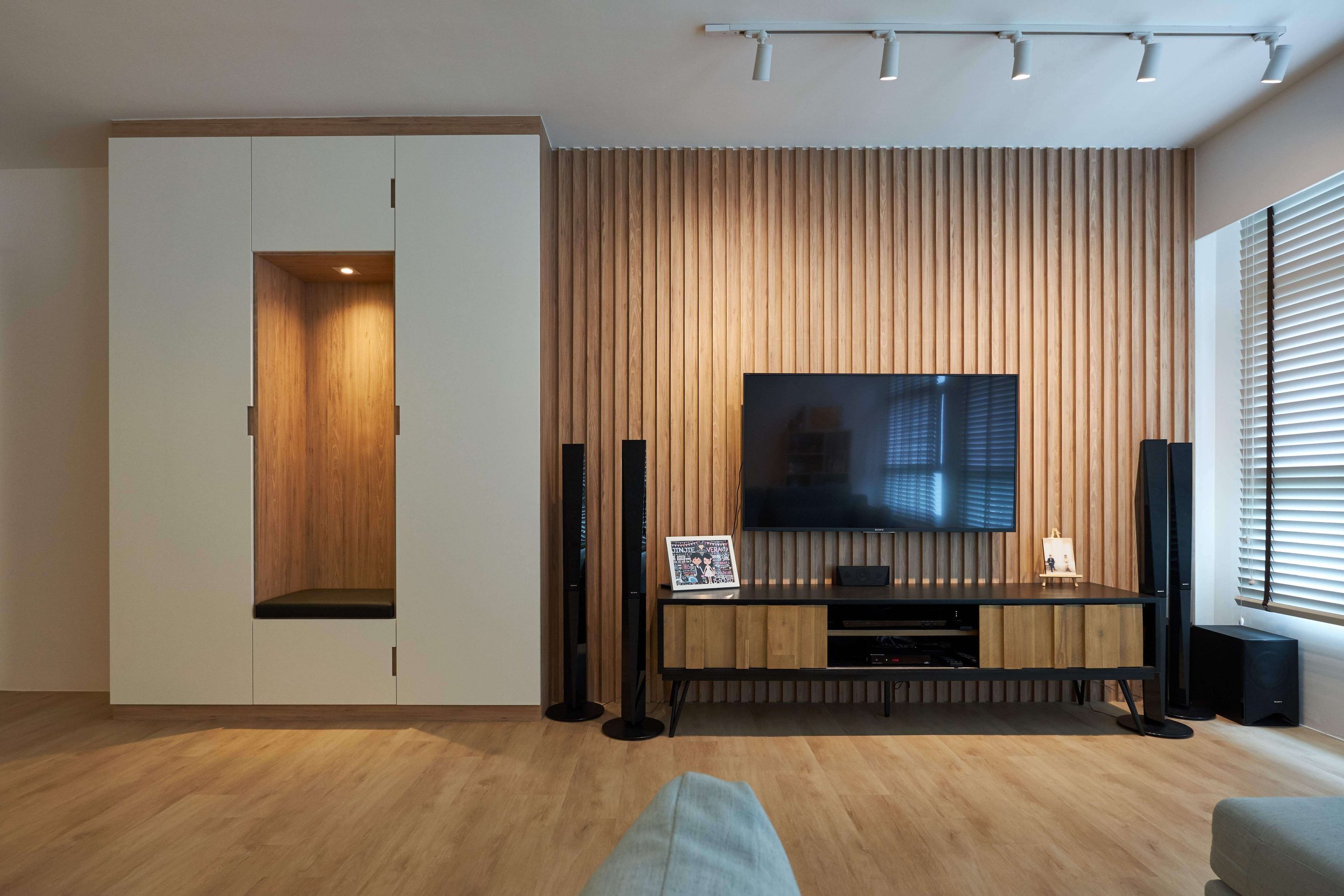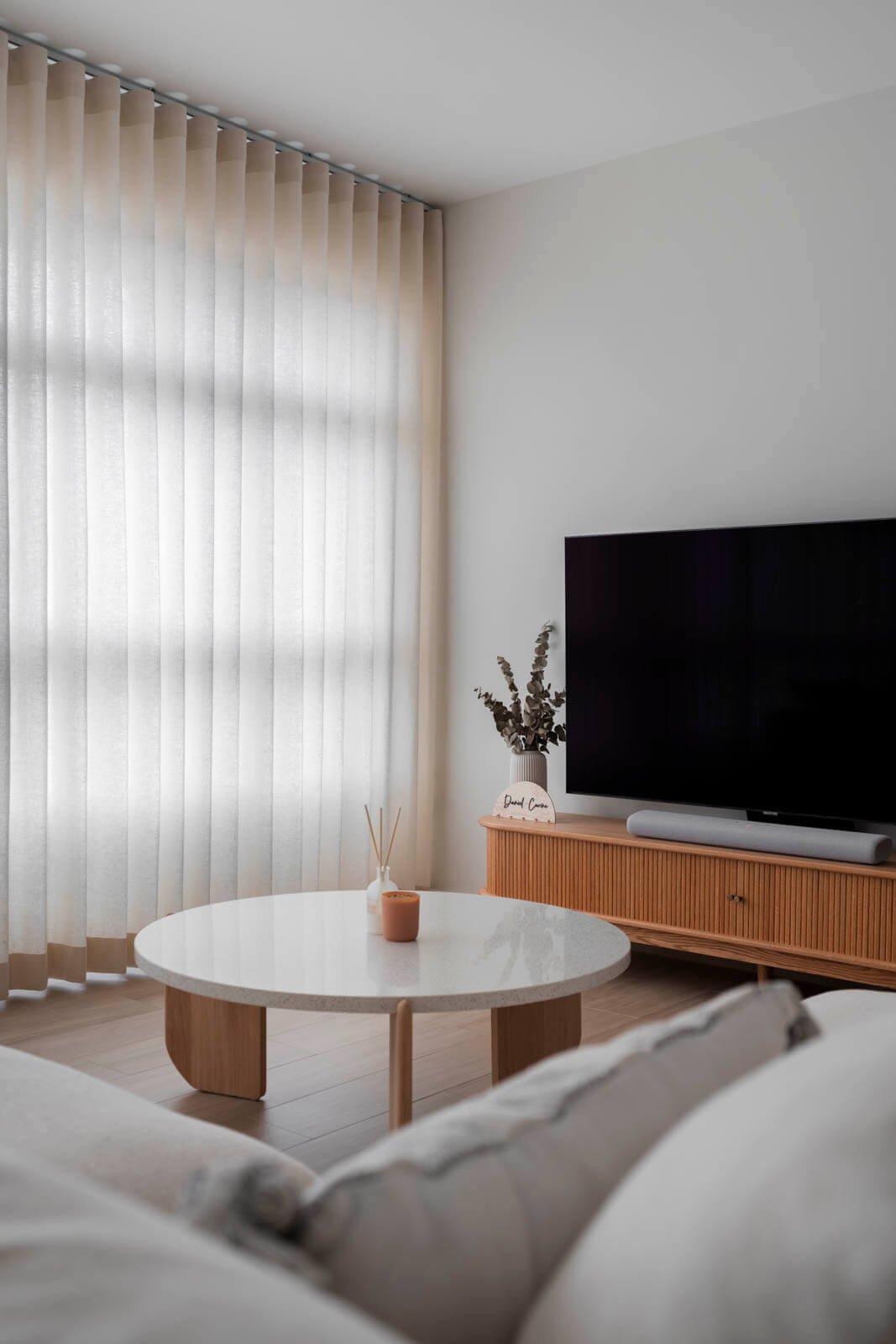Modernist Interior Design: Shaping Timeless Elegance in Today's Homes
Modernist interior design, with its roots deeply planted in the modern art movement of the early 20th century, continues to influence the aesthetic choices of modern and contemporary, homeowners. This design philosophy, characterized by its simplicity, functionality, and use of natural materials, offers a timeless appeal that seamlessly blends with the evolving preferences of today's society.
In this exploration of modernist interior design, we delve into its core principles, showcasing how it shapes living spaces that are both stylish and practical.
The Foundation of Modernist Design
The Essence of Modern Interior Design
Modern interior design is more than just a style; it's a way of life that reflects the simplicity and the geometric purity of the modern art movement. With a focus on clean lines and uncluttered spaces, this design style emphasizes functionality without sacrificing beauty.
The modern design philosophy is deeply rooted in the belief that form follows function, ensuring that every element serves a purpose while contributing to the interior designer's overall aesthetic.
Natural Materials: Bringing the Outdoors Inside
A hallmark of the modern style of interior design is the extensive use of natural materials such as wood, leather, and stone. These materials add warmth and texture to spaces, creating inviting environments that encourage relaxation and reflection. By incorporating natural light through floor to ceiling windows and open layouts, modernist designs foster a connection with the outside world, blurring the boundaries between indoor and outdoor living.
Key Elements of Modernist Interior Design
Modernist interior design transcends the mere aesthetic to embody a philosophy that integrates form with function, beauty with utility. This design movement, rooted deeply in the early 20th century, leverages a palette of design elements that define its unique character. Beyond the clean lines, neutral colors, and natural materials lies a deeper commitment to creating spaces that enhance human interaction and personal well-being.
The architectural layout in modernist design often incorporates open floor plans, which not only facilitate a seamless flow of space but also foster a sense of community within the home. Walls are seen not just as physical barriers but as canvases for expression, either through the infusion of natural light via large windows or through the display of curated art pieces that inspire and provoke.
Simplified Living Spaces
In the realm of modern interiors, simplicity reigns supreme. The minimalist approach, with its clean lines and neutral color palette, creates serene spaces that are both functional and visually appealing. Modern furniture, often featuring leather and fabric upholstery, complements the design styles the architectural elements, further enhancing the sense of harmony and balance.
Iconic Furniture and Decor
The modern interior design is not complete without its iconic furniture pieces, such as the Eames lounge chair. These items are not just functional; they are works of art that represent the minimalistic functionality and geometric form of the modern design ethos. Abstract art and decorative arts also play a significant role in modernist interiors, adding depth and character to the spaces.
Contemporary Adaptations of Modernist Design
Blending Old and New
While modern interior design is rooted in the principles of the mid twentieth century, many contemporary design adaptations have introduced new materials and technologies. This fusion of old and new maintains the core values of modernism while embracing the advancements of the 21st century. Modern contemporary interior design is a testament to the adaptability and enduring appeal of this design style.
The Living Room: A Modernist Showcase
The living room, often considered the heart of the modern home throughout, is a prime example of modernist design in action. Here, the emphasis on open spaces and natural light creates a welcoming atmosphere that encourages social interaction and relaxation. Modern living room furniture, arranged to maximize both form and function, serves as the focal point, inviting conversation and contemplation.
Incorporating Modern Design into Your Home
Adopting a modern interior design style does not require a complete overhaul of your living space. Small changes, such as introducing statement furniture or incorporating clean lines and natural elements, can significantly impact the overall aesthetic. Design elements such as geometric shapes and neutral colors can also help create a modernist ambiance and dining room that is both elegant and inviting.
Conclusion
Modernist interior design, with its emphasis on simplicity, functionality, and connection to nature, offers a timeless framework for creating beautiful and practical living spaces. As we continue to navigate the complexities of contemporary life, the principles of modern interior design styles provide a blueprint for serene and harmonious homes that cater to our evolving needs and preferences.
Inspired by the modern look and the timeless beauty of modernist interior design? Obtain your personalized quote now and transform your space into a masterpiece of simplicity and functionality. Explore our diverse range of articles for more innovative design ideas and insights. Visit our website to immerse yourself in the world of cutting-edge interior design. Keep up with the latest trends in home aesthetics by following us on Instagram!
FAQ: Understanding Modernist Interior Design
What is Modernist Interior Design?
Modernist interior design is a style characterized by simplicity, functionality, and the use of natural materials. It emphasizes clean lines, uncluttered spaces, and the integration of form with function, drawing inspiration from the modern art movement of the early 20th century.
What are Modernist Design Rules?
Modernist design rules include the use of clean lines, minimal ornamentation, a focus on function, and the integration of modern materials. The mantra "form follows function" guides the design process, ensuring spaces are both beautiful and practical.
What are the Three Types of Interior?
The three broad types of interior design styles are traditional, modern, and transitional. Traditional styles are characterized by detail and ornamentation, modern styles by minimalism and clean lines, and transitional styles blend elements of both.
What is the Difference Between Modern & Contemporary?
Modern design refers to the specific time period from the early to mid-20th century, characterized by minimalism and a use of industrial materials. Contemporary design, however, refers to the design of the present day, which may borrow elements from various styles and eras, including modern.
What is Modern Elegant Interior Design?
Modern elegant interior design combines the minimalist aesthetic of modern design with luxurious materials and textures, creating spaces that are both sophisticated and comfortable.
What are Modern Design Qualities?
Modern design qualities include simplicity, clean lines, minimal ornamentation, functional use of space, and the integration of modern materials and technology.






